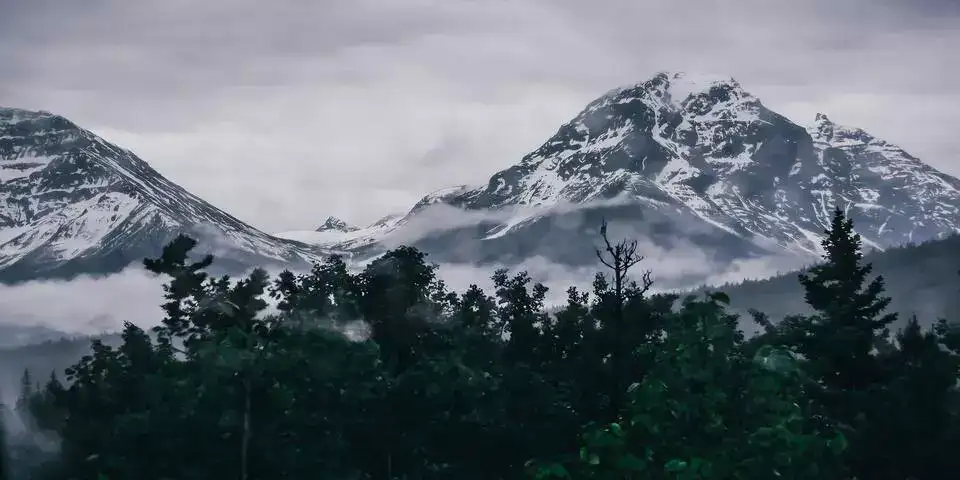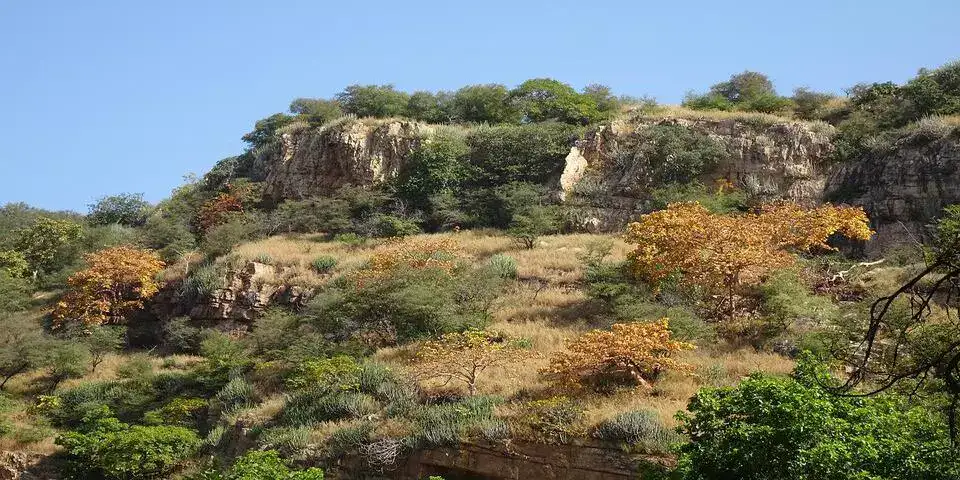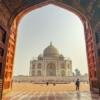Mountain ranges have aided in the evolution of many different species worldwide and the development of nature as a whole.
They have long been responsible for a nation’s rich biodiversity.
Have you ever considered traveling to one of India’s highest and longest mountain ranges, which have been thriving and powerful for countless years?
If that is so, this is your time to learn everything you need to know about these enormous mountain ranges in India that serve as a showcase for the lush greenery and prosperous status of the nation.
Continue reading to discover the fascinating characteristics of these mountain ranges in India that will make you feel more connected to India.
To save you time, we have listed down the list of the 7 major mountain ranges in India. Take a look over the list first and then know in detail about the different mountain ranges in India.
Contents
List of the Major Mountain Ranges in India
- The Great Himalayan Range
- The Purvanchal Range
- The Aravalli Range
- The Western Ghats
- The Eastern Ghats
- The Vindhya Range
- The Satpura Range
1. The Great Himalayan Range

The Himalayan Mountains, India’s newest mountain range, were created when two tectonic plates collided.
Nearly all of the world’s tallest peaks are found in the Himalayan Mountain Range, which also has an average of more than 100 summits that are higher than 7,200 meters.
The western and eastern boundaries of the Himalayas are said to be represented by Nanga Parbat and Namcha Barwa, respectively.
Mount Everest, which rises to a height of 8848 meters, is the tallest mountain in the world.
It is located in Nepal’s Himalayan Mountains.
The Ganges, Brahmaputra, and Indus are a few of the main river networks that have their beginnings in the Himalayas.
Because they keep cold air from entering the region, the Himalayas are also essential for controlling the temperature.
2. The Purvanchal Range

Considered a sub-mountain range of the Himalayas, the Purvanchal Range is a growing mountain range in northeastern India.
From Meghalaya through Arunachal Pradesh and Nagaland to Mizoram, it encompasses India’s northeastern and eastern territories.
In general, sedimentary rocks created by geology make up the Purvanchal Range.
Additionally, it is covered with lush woods and productive meadows.
Also Check : TOP 10 Things to do in Srinagar
3. The Aravalli Range

The Aravali mountain range, which runs from Rajasthan to Haryana, is the oldest in India.
It is the eroding remains of a former range of folded mountains.
The Aravalli Range, also known as the Mewat Hills, is one of the most well-known mountain ranges in India.
The range is renowned for its mineral deposits and is surrounded by thick vegetation with a diverse population of wildlife and plants.
Discover tropical India! Contact us & Book your trip now and experience palm-fringed beaches, lush rainforests, and vibrant wildlife. Connect with us to plan your adventure.
4. The Western Ghats

The Western Ghats starts not far from the Gujarat state line and reach Kanyakumari.
The Indian state of Karnataka contains the majority of the Sahyadri Range.
This area is among the top ten global hotspots for biodiversity. The Konkan area, which is close to the Arabian Sea, is one of the most popular tourist attractions in India.
The lush city of Pune is the main metropolis in this Maharashtra mountain range.
The western ghats serve as an incredible fortification across Kerala.
Many picturesque hill towns and wildlife preserves may be found in Kerala.
The AnaiMudi mountain, which can be found in Kerala’s Anaimalai Hills, is the tallest in the Western Ghats.
The best views of the beauty of the valley are also provided by the Ghats.
It is one of the richest areas in eastern India and is the habitat of a wide variety of animal species. Certainly, the Purvanchal range has all the features to get listed as one of the major mountain ranges in India.
5. The Eastern Ghats

In the eastern part of the Indian Subcontinent, a mountain range called the Eastern Ghats runs parallel to the Bay of Bengal.
The range crosses the Indian states of West Bengal, Orissa, Tamil Nadu, and Andhra Pradesh.
Arma Konda, a peak with a height of 1680 meters, is the highest mountain in this region.
The Eastern Ghats are essential to Indian agriculture because four of the nation’s principal rivers, i.e. The rivers Godavari, Mahanadi, Krishna, and Kaveri all run through the Eastern Ghats and into the Bay of Bengal.
They provide a huge, fertile region perfect for producing rice.
One of the most respected pilgrimage sites is the Tirumala Venkateshwara Temple in the state of Andhra Pradesh.
6. The Vindhya Range

From Jobat in Gujarat to Sasaram in Bihar, the Vindhya Range runs 675 miles along the Madhya Pradesh side of the Narmada River.
The tallest peak in the range, Kalumar Peak, rises to a height of around 2,500 feet above sea level.
The range rises by about 1,000 feet overall.
The Vindhya Range is made up of sequences of hills, ridges, and plateaus.
The Bhimbetka Caves, positioned on the foothills of the Vindhya Range, include more than 700 Paleolithic rock shelters.
A range of historical eras was also used to produce the artwork on the rock shelters.
7. The Satpura Range

The Satpura Range follows the Vindhya Range between the Narmada and Tapti rivers on the Madhya Pradesh side of the Narmada River.
It spans around 560 kilometers from the Rajpipla Hills in Gujarat to the Maikala Hills in Chhattisgarh.
The Satpura Range is higher than the Vindhya Range, with peaks over 4,000 feet high in Pachmarhi’s heavily forested Mahadeo Hills.
The highest point is Dhupgarh, which is about 4,400 feet above sea level. This mountain’s top is the highest in central India.
If you love the mountains, here is our article on the Top 11 Hill Stations in Uttarakhand







